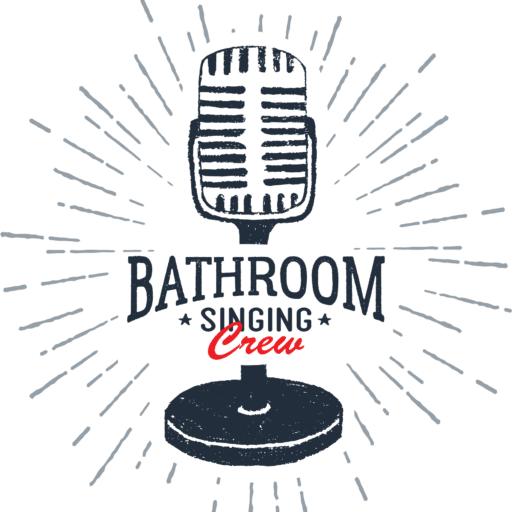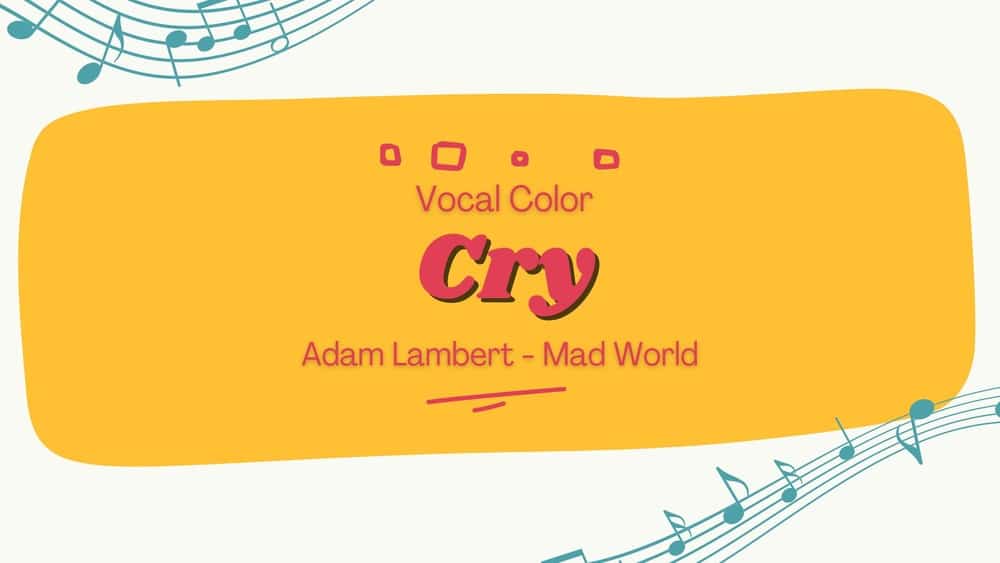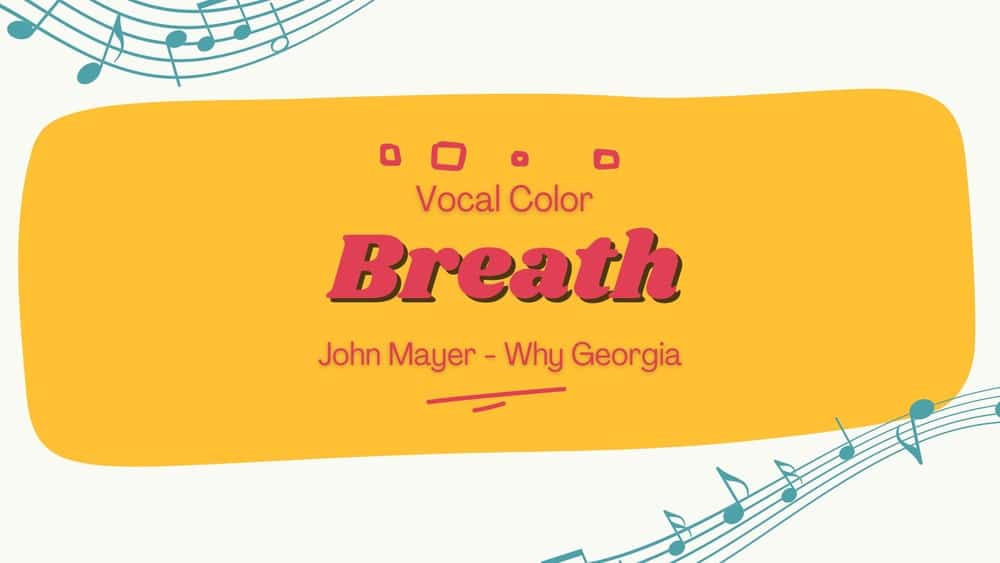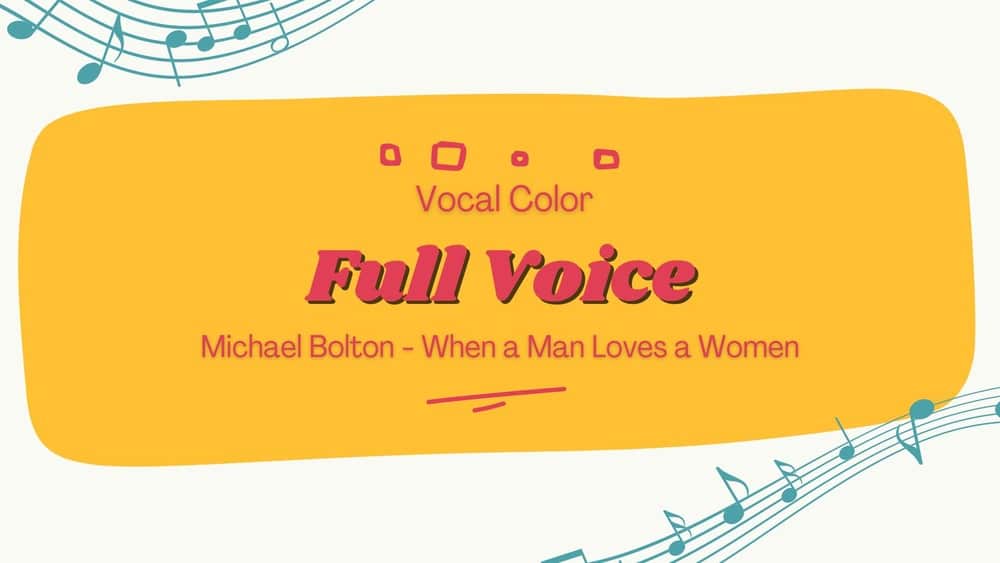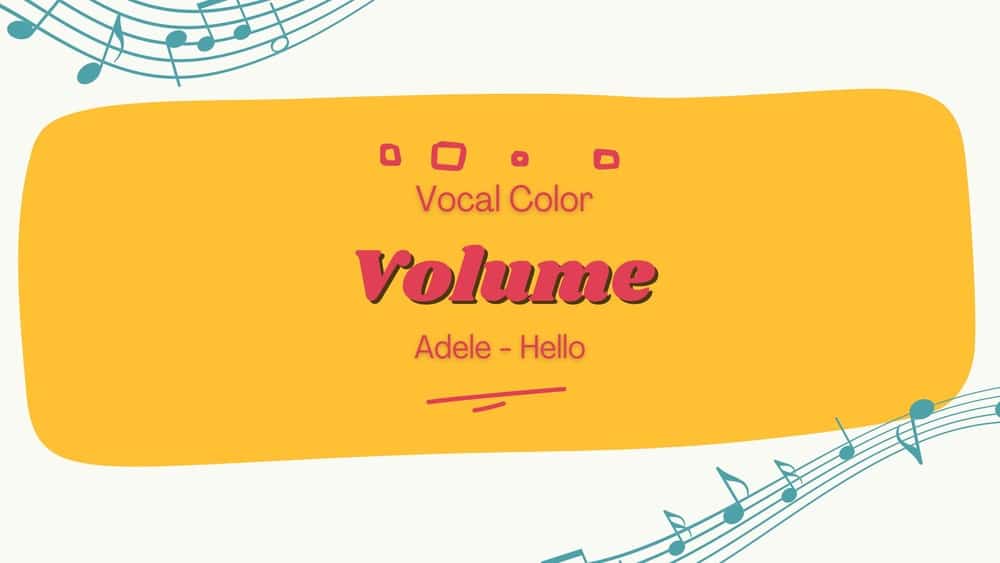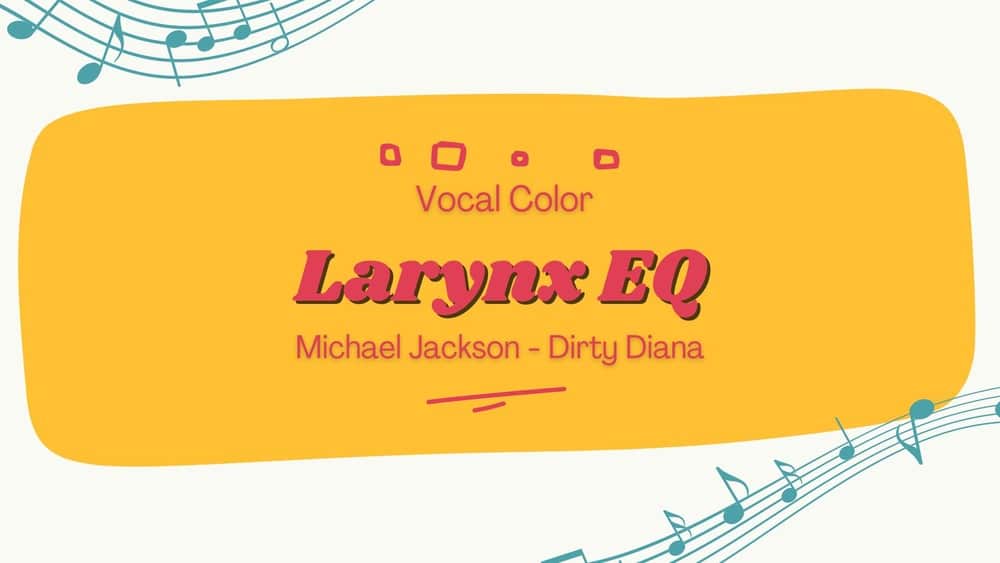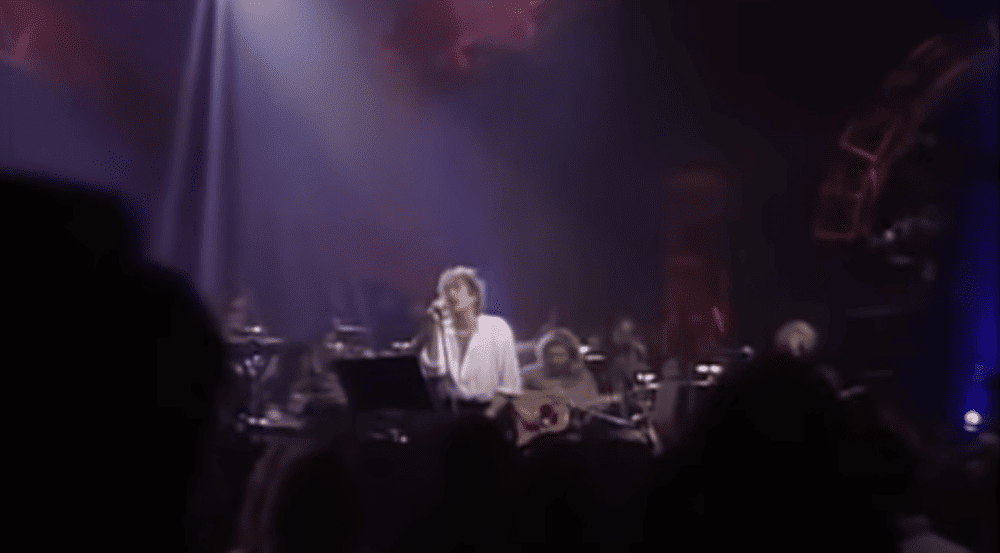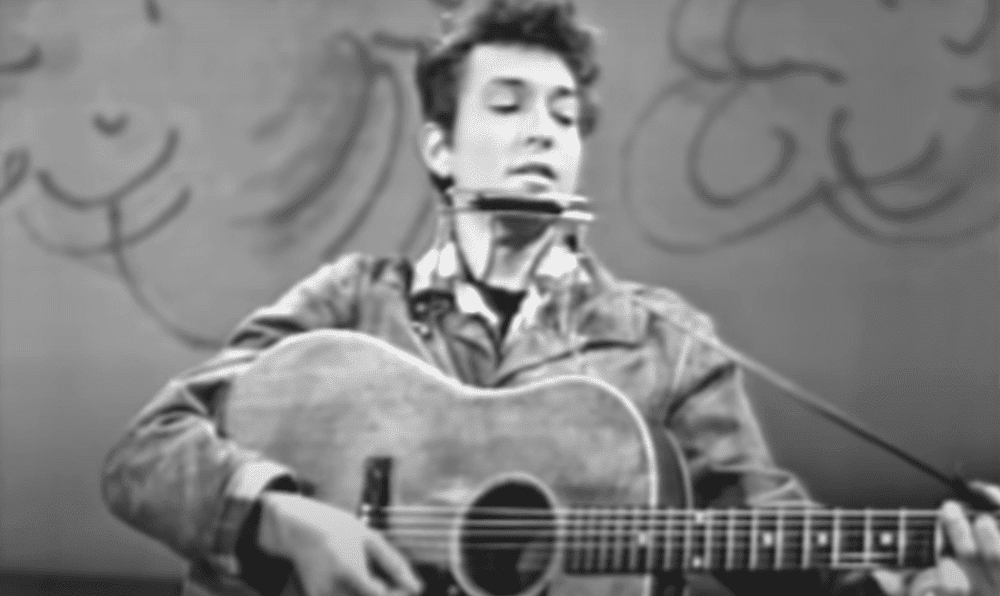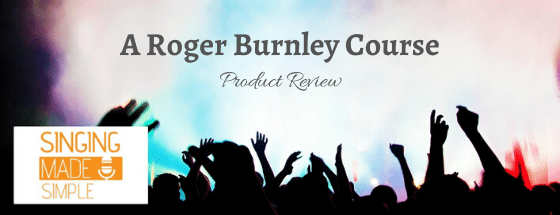How to Sing Like a Pro Without Vocal Training – Complete Guide
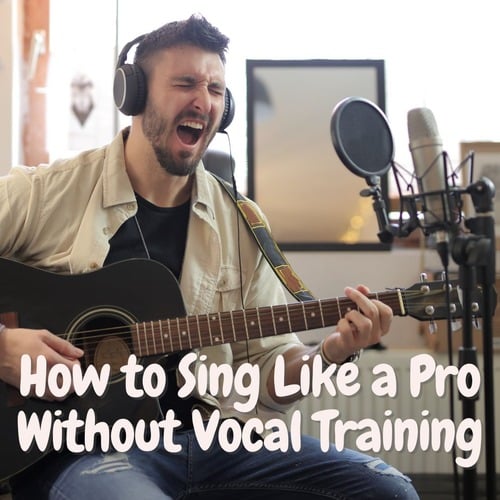
“How to sing like a pro without vocal training” sounds scammy…I know.
You might be thinking…is it even possible?
The truth is there’s a way to skip all the vocal technique stuff to become a singer.
If you want to sing like a pro, but have no time for vocal training, you’re going to love this guide on “how you can sing like a pro without vocal training.”
I’m going to go in-depth on how you can use Vocal Colors to sing like a pro.
If you’re ready, let’s dive right into it.
The Secret of Professional Singing: Vocal Colors
Vocal Colors are the expressions of your voice that you use during singing, kind of like facial expressions for the voice.
Vocal colors can turn you into a vocal artist, instead of a vocal technician. This is what sells records and how singers draw fans.
You can have the best voice in the world, but if you don’t use vocal colors to “paint” your song, you cannot sell to your audience.
The best part is – you can start applying vocal colors to your singing today!

This has nothing to do with sounding perfect or pretty, though “pretty” can be a color too.
This is about drawing emotions out of your audience with the use of your vocal expressions.
Here are some of the most common Vocal Colors used by singers:
1. Cry
Great singers are known to cry on pitch, giving the voice more bite. It is very effective with creating an emotional edge.
When you sing an emotional phrase, add a little cry.
You’ll be surprised by the effects it brings to your songs.
Listen to Adam Lambert using Cry in this song:
2. Breath
You must have heard a lot of singers, especially in R & B and pop music, used a lot of these breathy tones.
Breathy tones sound sexy and intimate. It can be a very good emotional hook to engage the audience.
One thing is that your voice will be tired easily if you use too much breath.
Listen to how John Mayer uses breath in this song:
3. Nasal
Nasal tone is something singers avoid during vocal training, because it lowers the soft palate causing the voice to resonate in the nose – not a good vocal maneuver.
However, singers use it all the time for vocal style.
Think Willie Nelson and most country singers. Some pop singers used nasal tones too.
4. Rasp
This is mostly for Heavy Metal and Rock singing.
Rasp is a little dangerous to your voice if you don’t know how to do it.
If you’re interested in using rasp, you might have to learn it from a teacher.
Listen Janis Joplin using rasp in this song:
5. Falsetto
This is the floaty sound that you hear in singers mostly in high notes.
It is not as intense as full voice, but it can be very stylish and even pretty if you use it tastefully.
6. Full Voice
This is the voice you use when you talk. It is thicker and stronger than falsetto.
It can be very powerful and exciting to hear, especially for high notes.
There is a danger to crack or flip into falsetto when the note is too high.
Listen to how Michael Bolton uses his full voice in the upper range:
7. Volume
Many singers don’t know that different levels of volume have their own vocal colors.
Loud volume has a thick color, and low volume has a soft and sometimes hollow texture to the voice.
This is something you can play around with in your songs.
Adele plays with volume very well to create great emotional effects:
8. Larynx EQ
You can yawn to lower the larynx, creating a darker and fuller sound.
Or you can raise the larynx to make the sound brighter or more shrill. A lot of the funny cartoon sounds are made with a raised larynx.
You can play with your larynx by raising it, lowering it, or keeping it neutral. It gives you a spectrum of vocal colors to play with.
This is Michael Jackson singing with a raised larynx:
These are just some of the many vocal colors you can use for your songs.
If you want to find out more about how to use Vocal Colors, I suggest you check out Jaime Vendera’s training program Colors of Your Voice, in which you will learn all the nuances of each vocal color.
How to Sing Like a Pro Without Vocal Training: The 4-Step Guide
Don’t be overwhelmed by the vocal colors I showed you.
When it comes to Vocal Colors, there’s no right or wrong, only choices.
You don’t have to wait till you become technically trained.
You can start using Vocal Colors to sing Today.
Step #1: Choose Your Favorite Vocal Colors
Vocal colors are life facial expressions. Some people like to smile, some like to keep a straight face, and others like to look cute and young.
Like creating an image in personal branding, what kind of vocal image do you want listeners to remember you with.
Rod Stewart is known for his raspy voice. Christina Aguilera is famous for her powerful belt.
For your songs, you will need a couple of vocal colors to sing with because different vocal colors suggest different emotions.
For example, I love breathy, volume, and cry for three reasons:
- They come naturally to me.
- I love the sounds of them.
- They are enough for my songs.
So here are some tips for you to choose your favorite vocal colors:
Tip #1: Choose the colors you can do without much practice.
This is kind of like speaking: Your voice changes colors when you are under different emotions.
Can you do rasp? Try making the cry sound. How? Just cry.
Try the breathy tone by being very tender, like when you speak to a loved one.
Tip #2: Decide which colors you like.
Some colors tend to come out naturally when you sing if you love the sounds of them.
You need to be tasteful in how you use them.
Avoid overdoing them as you might sound a little artificial or fake.
Tip #3: Pick only the colors that you need.
You only need a couple of vocal colors to be very effective while you sing.
Master those colors and you will become very artistic as a singer.
Step #2: Map Out Your Song
You’ve picked your vocal colors to use in your songs.
Now it’s time to decide where to use them.
First, print out a copy of the lyrics to your song.
Second, circle or underline certain words or spots in the lyrics that you want to emphasize emotionally.
Third, mark which vocal color to use for the words or spots you picked. It could be “breathy” for the word “love” or “rasp” for the word “fight.”
Step #3: Apply Basic Vocal Techniques
The vocal approach I’m suggesting in this post is to become an artist first, and then add in the fundamental vocal techniques.
The advantage of this approach is that you won’t get caught up with the technical side of singing, which kills the art.
After you have your vocal colors, here are the three vocal techniques to apply to your singing:
Technique #1: Low Breathing

Most people don’t understand how low breathing is for singing.
You should feel like you are sending the breath to the abdomen when you breathe in. Allow your stomach to expand out.
Next, you expand upwards if you need more air without losing the “anchor” in the lower abdomen.
Technique #2: Abdominal Support
Apply abdominal support while you sing by bearing down, kind of like going to the bathroom, or giving birth (like I’ve done that…ha, ha…)
Normally, you only need a moderate level of downward support.
But, for more extreme styles of singing, your abdominal support needs to be rock hard to get maximum vocal power.

Technique #3: Vocal Placement
You should feel a buzzing sensation in the roof of the mouth.
Sometimes it could feel like a nasal buzz. As long as there’s a buzz, you are safe and sound.
The buzz shows that your voice is in a good place, and it is produced in an optimal way.

Step #4: Sing Like An Artist
This is the final step: Just sing!
By now, you know how to use vocal colors and good vocal techniques.
Just sing your heart out. That’s what singing is all about!
You don’t want to be too analytical when you sing. It takes out the emotions and kills the song!
Further reading: 13 Best Singing Technique To Improve Your Singing Instantly
What Professional Singing is All About – The Feeling!
I used to be very caught up with the technical side of singing.
I kid you not, even when I was on stage, I was thinking how to hit high notes with vocal placement.
I forgot that singing is about conveying emotions and feelings. If a singer can’t do that, everything they do on stage is pointless.
My “paralysis by analysis” was one of my failures as a professional singer – don’t let that be you.
I’d rather you sing with imperfect or no technique, but you have authenticity and genuine feelings.
That’s what effective singing is all about!
Reason #1: Some of the greatest singers have little to no vocal training.
Pop diva Christina Aguilera shared in her MasterClass singing course that she’s never had a singing lesson before.

And Rod Stewart admitted that his vocal technique is not that good, but fans love his authentic voice!
Bob Dylan was hardly a “beautiful” singer with any vocal technique, but he became a legend, because he told stories with his singing, and fans loved it!
Reason #2: These singers all made a fortune with their singing, because they made fans FEEL.
People love to FEEL things, because it connects us with our human sides.
That’s why we watch movies, Korean soap operas, listen to songs, appreciate artworks, etc.
Feelings make us feel alive, and singers have to make audiences FEEL. That’s what sells records.
Why Traditional Vocal Training Is Not For Everyone
Sometimes I feel that a singer is better off not getting vocal training, and they should just sing naturally.
Why? Because of all the confusing information and bad vocal coaching out there.
I was a victim of incorrect vocal training for many years, because I met the “wrong teacher.”
If you’re going to receive bad training, you’re better off just singing with your natural voice.
Here are some reasons traditional vocal training could be bad for you (if done incorrectly):
- Bad teacher
- Incorrect singing method
- Could cause paralysis by analysis
- Wasting money on bad training
With all that’s said, there’s still tremendous value and necessity in formal vocal training if you can find the right trainer and teacher.
The problem is not in training the voice – it’s in finding the right teacher and the right method.
This is where I could help you on this site.
Check out some of my top recommendations for vocal coaches and vocal training programs.
It’s Your Turn…Let Me Hear From You
I covered a lot of content in this guide on how to sing like a pro.
It is a pretty unique perspective but I hope it’s been helpful.
Let me know what you think about this post in the comment section.
If you have any questions, I’m happy to discuss with you as well.
Happy Singing!
